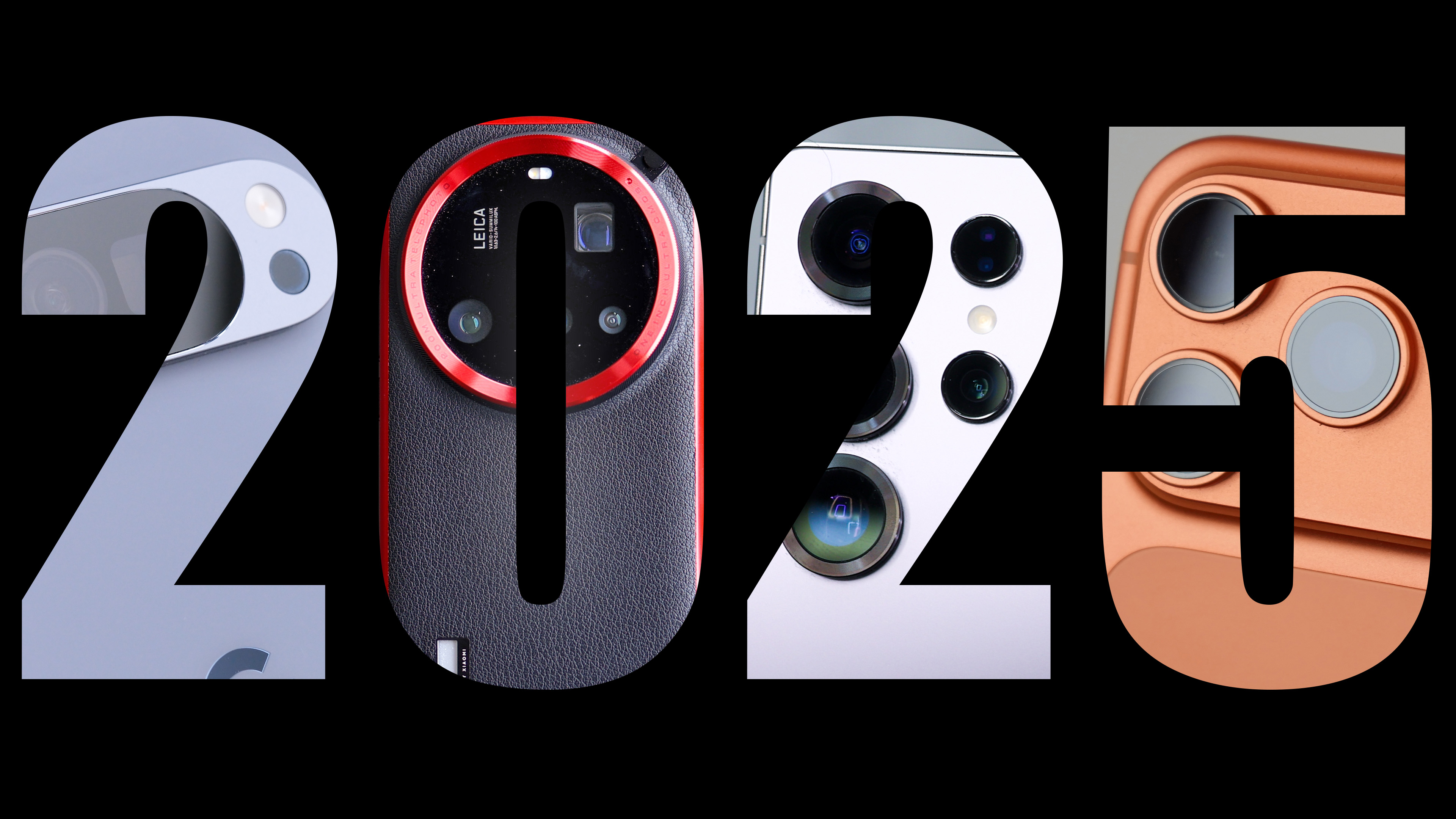What exactly is a photo finish? Noah Lyles wins 100m Olympic gold by a chest hair
Noah Lyles snatched the gold medal at the 100 meter Olympic sprint in the most incredible photo finish

“Was this the greatest race in history?,” asks BBC Sport in its coverage of the men’s Olympic 100m final, which took place August 4, 2024.
Noah Lyles, from the US, took the gold in an incredible and controversial photo finish, in a race that was over in 9.784 seconds.
There were just five one thousandths of a second separating him and silver medallist Kishane Thompson of Jamaica, 9.789, with Fred Kerley, also of the US coming in third at 9.81.
The world record in the 100m sprint is still held by Usain Bolt, who achieved a time of 9.58 in 2009.
Depending on your view of the stadium, how closely you watched at home, and your knowledge of the rules of athletics, the gold medal winner was not immediately clear.

It was the definition of a photo finish, which occurs when multiple competitors cross the finish line at nearly the same time.
Every athlete finished the race under the 10 second barrier, which has never happened before in the history of the Olympics.
The best camera deals, reviews, product advice, and unmissable photography news, direct to your inbox!
As the runners approach the finish line, a system called “slit video” scans an ultra thin segment of the race track, precisely aligned with the finish line. It scans the area 2,000 times per second to provide an unbroken photo finish of each athlete as they cross the line, and coordinates it with the athlete’s time.
A post shared by OMEGA (@omega)
A photo posted by on
There is also always a back-up camera on the opposite side to capture the finish if an athlete is obstructed by another. The flash timer that clocks the final times does have a margin of error which can be up to 0.02 of the official time.
According to statistics provided by Omega, the official timekeeper of the Olympics, Lyles had a reaction time of 0.178 seconds out of the blocks, tied with the slowest reaction from another runner.
Omega first used its photo finish equipment in the 1948 Olympics, also at the final of the men's 100 meter race.
In the incredibly close race, and despite a slow start, Lyles reached a peak speed of 43.60 km/h just past the 65-meter mark, the highest top speed among all competitors.
But it was what Lyles did at the finish line that won him the gold.
The entire world was left confused when it clearly appeared in a series of aerial and side-on photographs that the race was won by either Thompson or Kerley, as both their feet are appear to be across the line, while Lyles has yet to cross.
A post shared by OMEGA (@omega)
A photo posted by on
According to Olympic rules, it is which torso, or trunk, crosses the line first that wins, that includes the chest, abdomen, pelvis and back. Not the foot. This was considered to be the fairest measurement, taking into account the different strides and leg lengths of runners.
Lyles' torso lunge to the line is what won the title for the American.
Some viewers however, thought that Thompson was robbed.
Speaking after the race, Lyles admitted that he thought Thompson had beaten him:
"I did think [Thompson] had it at the end. I went up to him after, while we were waiting, and I even said 'I think you've got that, good going,' and then my name popped up and I'm like 'oh my gosh, I'm amazing'.
The 2024 Olympics has produced some of the most incredible sporting photographs ever taken, including an incredible photograph of the surfing from Jerome Brouillet, and his colleague Ben Thouard, the only Olympic photographer allowed in the water during the surf competition.
Take a look at out guides to the best cameras for sports photography, and the best lenses for sport photography.

After graduating from Cardiff University with an Master's Degree in Journalism, Media and Communications Leonie developed a love of photography after taking a year out to travel around the world.
While visiting countries such as Mongolia, Kazakhstan, Bangladesh and Ukraine with her trusty Nikon, Leonie learned how to capture the beauty of these inspiring places, and her photography has accompanied her various freelance travel features.
As well as travel photography Leonie also has a passion for wildlife photography both in the UK and abroad.
